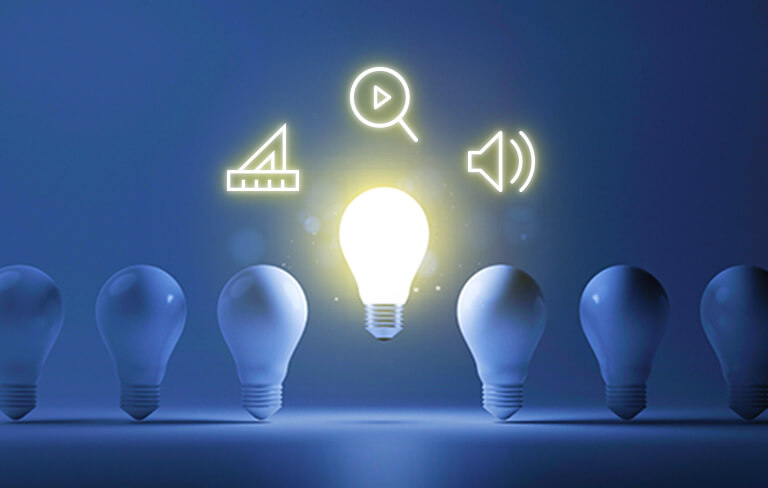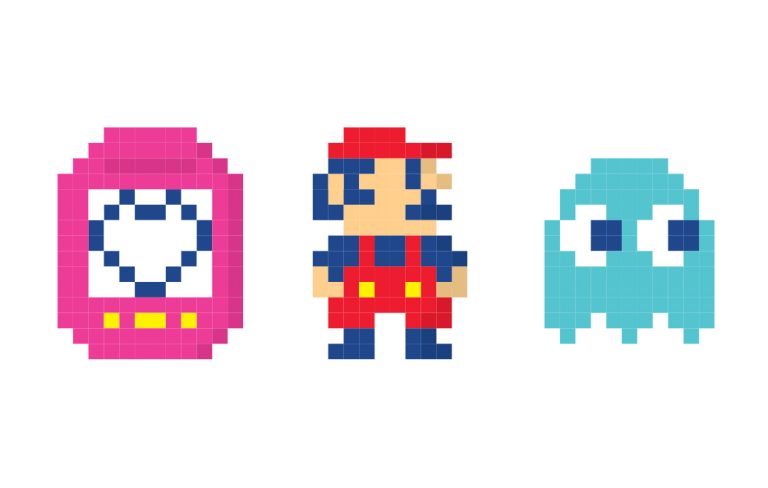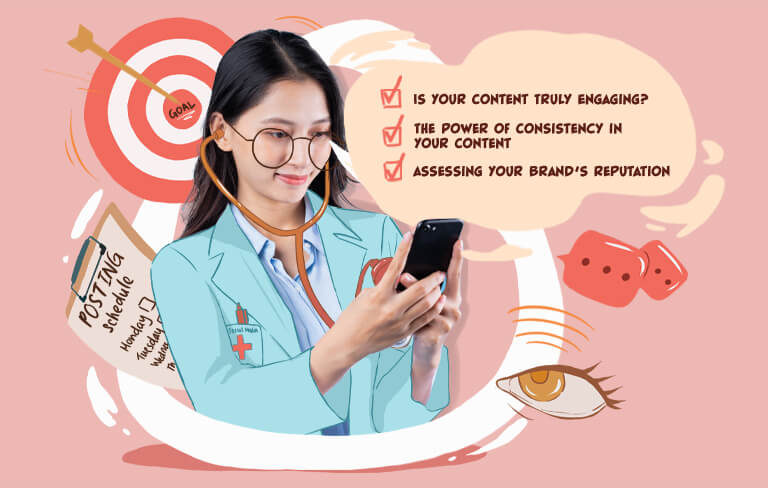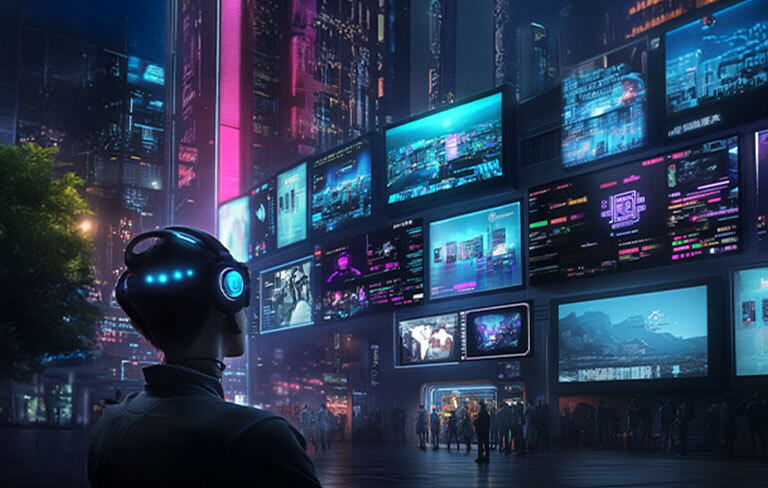Our attention spans are getting shorter. Amid a constant influx of emails, text messages, and social media notifications, coupled with an overwhelming barrage of content from traditional media sources, it has become uncommon to encounter material that manages to cut through the clutter and engage us fully.
Amid this cacophony, we find ourselves bombarded with marketing communications from various brands, each clamouring to attract our notice and hold our interest. With the inclusion of Artificial Intelligence (AI) in our day-to-day lives, having the opportunity to be seen by a larger audience is also a challenge faced by many brands. While AI helps brands to target audiences more effectively, AI also helps consumers to filter content which may be deemed unnecessary.
As such, attention has become a precious resource in high demand but more needs to be done to get the attention of an attention-deficit world.
Here are 3 ways you can revolutionise your marketing campaigns:
1. Audio Is Powerful
Attention research predominantly focuses on visual stimuli, often overlooking the significance of auditory engagement. Yet, with the pervasive influence of podcasts, smart speakers, and connected cars, audio has seamlessly integrated into our daily routines, offering marketers unique opportunities for audience engagement.
Research indicates that people rely on music to regulate their emotions and moods more than for any other purpose, using it to boost performance, cope with challenges, and revisit cherished memories. Spotify, for instance, capitalises on users’ emotional connections to music.
By leveraging Spotify’s consumer-focused advertising approach, brands can deliver customised advertisements that seamlessly integrate into users’ audio experiences, offering value without disrupting the flow. This consumer-driven strategy enables brands to connect with users on a deeper level, capitalising on the intimate relationship between listeners and their audio content.
Check out how we leveraged Audio Marketing in our NESTLE NAN – Influencer Program!
2. Viewability Is Dependent On Creative Execution
In Out-of-Home (OOH) measurement, studies have examined the visibility of different poster frames, aiming to transition from merely providing an ‘opportunity’ to see an ad to gauging the ‘likelihood’ of it being seen. This shift depends on various factors like panel size, distance from viewers, and viewing angles.
However, in the digital realm, just because an ad has the potential to be seen doesn’t guarantee actual attention from viewers. Many technically viewable digital ads go unnoticed, and even if seen, they’re often glanced at for less than a second.
Research has shown that despite increasing the viewability of some digital display test ads, only around half of the viewable ads were actually looked at, and the average viewing time was merely 3.3 seconds. Nonetheless, viewers could recognise the ads and grasp the intended message when observed.
This underscores the critical role of creative execution in delivering the desired impact within a limited viewing time. Ads must feature prominent branding and product placement that differentiates your brand from your competitors with a clear visual hierarchy and a single-minded message to capture attention effectively.
Therefore, brands should prioritise crafting concise messages with visually striking elements to achieve top-of-mind awareness within a brief timeframe.
Check out our OCEAN HEALTH – 25th Anniversary Campaign where we curated a key visual that is easy to grasp and effectively captures the attention of our audience.
3. Metrics To Measure Attention
It’s crucial to pinpoint the metrics that effectively measure attention, as it encompasses various indicators of interest and engagement. These metrics may include engagement metrics, conversion rates, bounce rates, completion rates, click-through rates, and more. Utilising a combination of metrics offers a more comprehensive understanding of ad performance and attention.
Accessing the necessary data to fuel these metrics, such as impressions, click data, interaction data, conversion data, and contextual data, is paramount. For instance, measuring engagement requires data on time spent on the ad, the number of interactions (like clicks, mouseovers, or video plays), and social shares or related comments.
Additionally, attention heatmaps visually illustrate the areas of an ad receiving the most attention, aiding advertisers in identifying areas for improvement. Scroll depth data can also reveal how far users progressed down a page, indicating their level of engagement with the content.
For example, in our FITNESS BRAVO – Website Revamp & SEM Campaign, we utilised simple visuals to not only capture attention but also retain the consumer’s attention and eventually, convert them further down the funnel. We measured against KPIs such as engagement rate, traffic, and leads to determine the performance of our campaign. By capturing and retaining our audience’s attention, we were able to deliver a 200% increment in site visits and achieved 3x growth in unique visitors within a month, which translated to more than 20x growth for leads generated!
Conclusion
In today’s fast-paced world, capturing and maintaining attention has become increasingly challenging. To navigate this attention-deficit landscape, brands must innovate their strategies to break through the noise and captivate their audience.
If you’re looking to revolutionise your brand communication efforts, contact us today!





